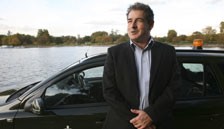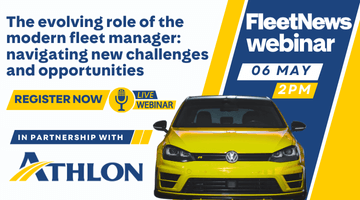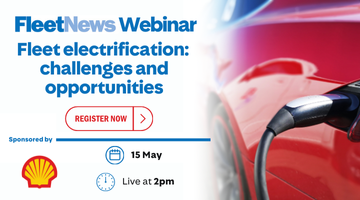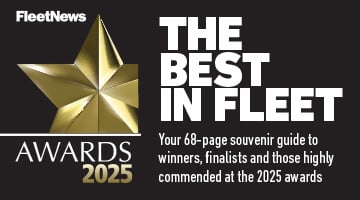The Royal Parks Agency, which manages London’s 5,000 acres of parkland, recently slashed its fleet’s CO2 emissions by 14% – more than double its 5% target.
That achievement has earned the fleet a silver award under the Energy Saving Trust’s (EST) Motorvate scheme. The trust awards bronze for a 5% reduction, silver for 10% and gold for 15% and above.
The Royal Parks is the first organisation to receive such an award.
David Jordan, fleet manager for the Royal Parks and assistant park manager at Hyde Park, says reducing mileage was one factor in its success.
This was achieved by designating some pool vehicles and by encouraging staff to car share or use public transport to travel to meetings.
Bicycles were also introduced and are now used daily and David makes sure new employees are made aware of them.
“I’ve met with very little opposition,” David says. “People understand the environmental reasons and the need to keep vehicle use to a minimum.”
In addition to reducing mileage, two of the fleet’s seven 4x4s have been replaced with newer models.
A driver education programme has been put in place which covers vehicle familiarisation, maintenance checks (such as tyres and oil), responsible driving on the Royal Parks’ roads and tips on eco-driving.
Drivers also receive an induction on fuelling as 19 of the 26 vehicles are running on dual fuel – liquid petroleum gas (LPG) and petrol.
LPG was introduced to the fleet in 1999 when the previous fleet manager negotiated a contract to install LPG fuel bunkers at four of the parks at a cost of £160 each.
Maintenance currently costs £100 a year. Converting a vehicle to run on LPG costs around £2,000.
The fuel is supplied at about 50p a litre – considerably cheaper than the current price of diesel.
Aside from potential cost savings, the reason for introducing LPG was better air quality (in comparison to diesel) which was important to the Royal Parks’ green credentials.
As a fleet manager, David benefits from the accurate data provided by the LPG cars.
Each car has its own ‘key card’ that allows refuelling, with mileage being recorded at the same time.
Fuel cards are provided for the diesel 4x4s.
David says fuel and mileage data was essential to achieving the award fromthe EST; organisations which join the government-backed Motorvate scheme need to provide 12 months of ‘robust’ data.
If an organisation doesn’t have enough data the EST can help.
It can put a vehicle’s registration through its database to source CO2 emissions information.
Once the EST has the data, a baseline audit is carried out to measure the fleet’s carbon footprint. An emissions reduction target is then set and annual audits measure progress.
The EST believes most organisations can achieve gold within three years.
Fleets have to pay a £500+VAT fee to join Motorvate. Following a relaunch last year the scheme was restricted to fleets of 50 or more cars and vans below 3.5 tonnes.
As an original member, the Royal Parks has been allowed to remain.
Ideally, Motorvate members will have first carried out a green fleet review.
“The review gets people interested and excited – they realise there are things they can do to improve the environmental performance of their fleet,” explains David Watts, fleet consultant at the EST.
“The steps they take as a result of the review are then assessed by Motorvate. Motorvate is for those that want to commit to targets and want a formal process to accurately report their CO2 figures."
David also suggests that the ‘stamp of approval’ from the EST is important as there can be scepticism about CO2 reduction figures: “The benefit of Motorvate is that you have a recognised independ-ent brand saying ‘yes you have achieved that’.”
Networking is another benefit, with members meeting at an annual awards ceremony.
“I’m not an experienced fleet manager, I’m a horticulturist by trade, so it’s great to be able to attend social evenings and bounce ideas around,” David Jordan says.
In addition, every member has a fleet consultant. Royal Parks’ consultant Pete Lunt is currently working with them to determine the best way forward.
One issue under consideration is whether to renew the lease agreement in two years’ time or to purchase vehicles. The organisation is also looking at trialling electric vehicles.
“Our fleet is under constant review,” David says.
Five steps to a CO2 target
David Watts, fleet consultant at the EST, says:
1. Get senior management to buy in – it will be a struggle without it.
2. Set and publish targets (externally and internally). Communicate to people so they are clear about their role in achieving the target.
3. Have good quality data for all aspects of your fleet. This means grey fleet and cash allowance, not just company cars and vans.
4. Manage your data.
5. Introduce positive policies that encourage low emission vehicles and reduce mileage.

















Login to comment
Comments
No comments have been made yet.